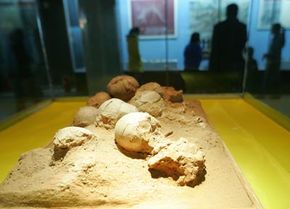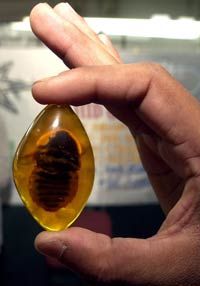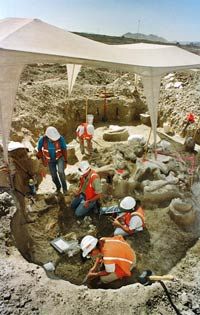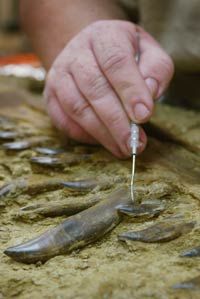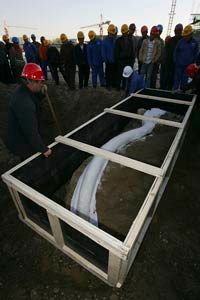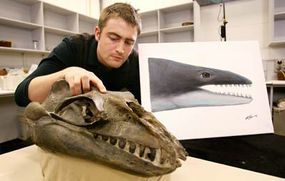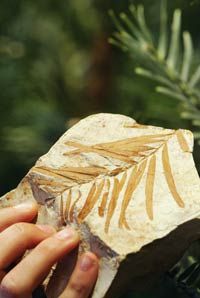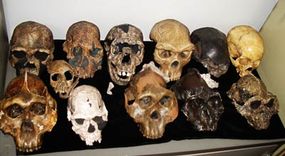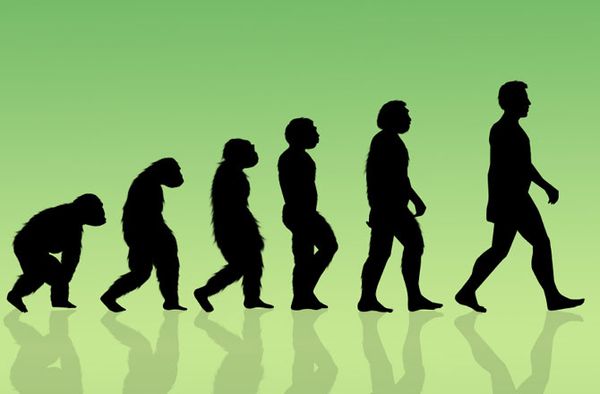Imagine the scene of a crime that happened years ago. There's not much to go on -- a few bones, an exposed rock face and a couple of bullets. But to a crime-scene investigator, these clues tell a story. The size and shape of the bones reveal whether the victim was a man or a woman. Chipped bones indicate the bullet's point of entry. A gouge on the rock face traces the path of a bullet that missed its target.
You can think about fossils in much the same way. They tell a story, just like the clues at the scene of a crime. It may seem odd to imagine Earth as a giant crime scene, but in a way, that's exactly what paleontologists are doing when they search for and study fossils. First, researchers are looking for evidence, much like crime-scene investigators do. Second, paleontologists and forensics experts alike study this evidence to answer, in one way or another, one basic question: What happened?
Advertisement
This question has a lot of angles. One of the most obvious -- what happened to the dinosaurs -- is really one of the smallest. By studying fossils, you can explore questions like:
- What were the first life forms on our planet?
- Where did these life forms come from? What happened to them?
- How has life on Earth changed over time?
- How has the Earth's climate changed over time?
- Where have new species of plants and animals come from, and how do they relate to species that died out?
These questions are complex, and to a lot of people, they're extremely important. They attempt to address the history of our planet, including where life came from and how it developed or evolved. Because they provide a physical record of life on Earth, fossils are a great source of insight when studying questions like these.
But fossils don't tell the whole story. They usually preserve only part of an organism -- the part that was hard and sturdy to begin with. There are also trace fossils, which preserve evidence that an organism existed, like tooth marks or footprints, but don't preserve the organism itself. Fossils also form only in very specific conditions, regardless of whether they're petrified, carbonized, mummified, frozen or encased in a substance like tar or amber. For this reason, only a fraction of the organisms that have existed on Earth appear in the fossil record, or the combined total of the fossils discovered on Earth and the information learned from them. On top of that, there are gaps in the fossil record, although the ongoing discovery of new fossils and fossil beds that may one day fill these gaps.
To understand all this, you need to know a little about geology, decomposition and the fossilization process itself. In this article, we'll explore each of these, and we'll delve into exactly what goes on at a fossil dig. We'll start with a look at two of the processes that are central to fossil formation -- building up the Earth's layers and breaking down its waste.


